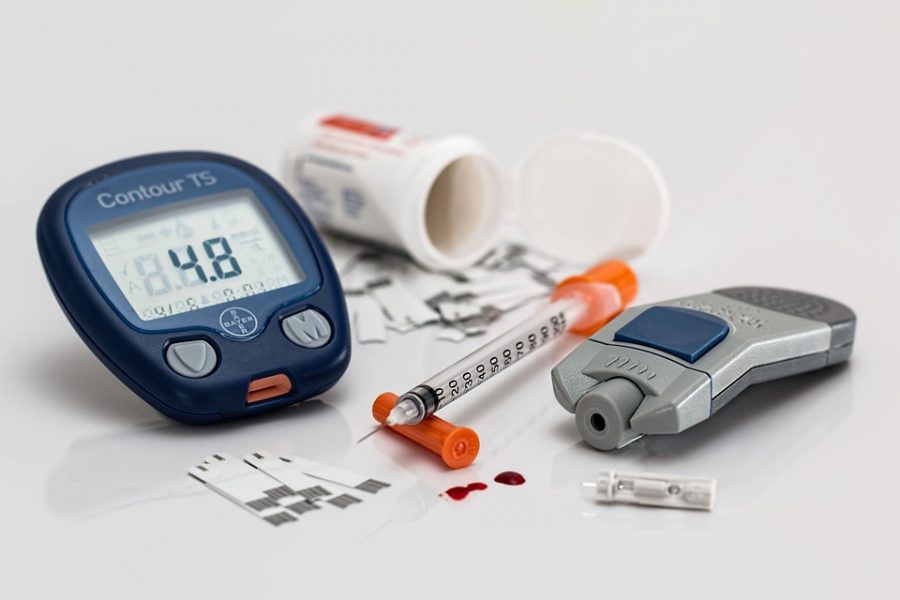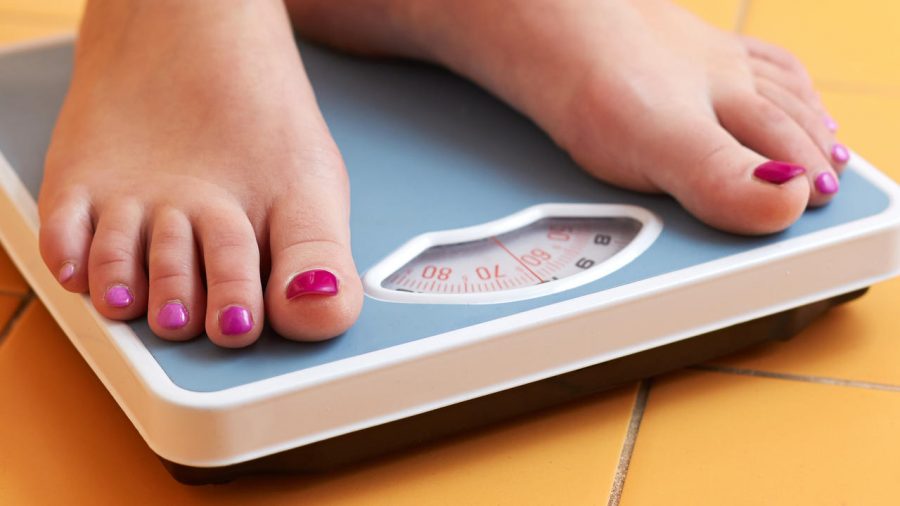Medical groups are urging doctors to screen more people for prediabetes and to refer those with risks of suffering Type-2 diabetes to programs that help them improve their lifestyle.
According to the American Medical Association, only 10 percent of the people with prediabetes is aware of it. Therefore, they are trying to increase the awareness and consciousness among the people who have risks factors, such as high blood pressure and bad eating habits.
“Don’t miss the warning signs. An estimated 7 million people have diabetes and don’t know it … yet. Symptoms include frequent urination and thirst, extreme fatigue and hunger, blurry vision and cuts that are slow to heal. When detected early, the better chance we have to avoid the scary complications of this disease” stated the American Medical Association.


November is the National Diabetes Month
The Ohio State Medical Association is working with the American Medical Association to carry out more screening so they can identify people who have high blood sugar levels but haven’t been diagnosed so they can take actions to prevent the development of diabetes. The American Medical Association is contacting physicians though emails, magazines, social media to urge them to screen patients.
This all comes as a way to prevent the augmentation of diabetes cases since it is one of the leading causes of death in the United States. Risks factors for prediabetes and diabetes include excess weight, family history of diabetes and unhealthy eating habits.
People with diabetes have to continually check their insulin levels with a needle-poke in their fingers. As well, they have to inject themselves multiple shots a day of insulin to regulate their blood-sugar levels.
Last year the Food and Drugs Administration approved an artificial pancreas for people with type 1 diabetes, so they can easily check their blood levels with a continuous glucose monitor. This new technology also automatically delivers the right amount of insulin at the right time through an insulin pump. This is an incredible way to simplify the life of people who live with diabetes; however, it is not so widely known or used among people with diabetes.
“Most people with prediabetes don’t have any symptoms. Your doctor can use an A1C test or another blood test to find out if your blood glucose levels are higher than normal. If you are 45 years old or older, your doctor may recommend that you be tested for prediabetes, especially if you are overweight”, said the US National Library of Medicine.
Only 1 out 10 people with prediabetes are aware they have the disease
According to experts, type-2 diabetes can be prevented if tackled before it becomes full-blown diabetes. However, achieving that is more difficult if people don’t know they have prediabetes or if they don’t know the risks factors of the disease. Currently, only 1 out of every 10 people with prediabetes knows they have that condition, which can certainly lead to more severe issues and shorter lifespan. According to the Centers for Disease Control, there were 30.3 million people in the United States with diabetes by 2017. Sadly, 7.2 million people out of the 30.3 million live undiagnosed.
People need to be properly informed of diabetes and how to prevent it, especially if they have some risk factors. Additionally, it is important to get information in the right places, because not everything on the internet or everything people hear about diabetes is right. Some of the sites that have evidence-based information are the National Institute of Diabetes and Digestive Diseases (niddk.nih.gov), American Diabetes Association (diabetes.org), and The Juvenile Diabetes Research Foundation (jdrf.org).
“Prediabetes means you have blood glucose, or blood sugar, levels that are higher than normal but not high enough to be called diabetes,” states the US National Library of Medicine. “Glucose comes from the foods you eat. Too much glucose in your blood can damage your body over time. If you have prediabetes, you are more likely to develop type 2 diabetes, heart disease, and stroke”.
An extensive national study showed that people who reduce their body weight by about 7 percent can help reduce the risks of getting diabetes by 58 percent.
People also need to be aware of what they eat. People need to consume more non-starchy vegetables such as artichoke, carrot, beet, and zucchini. These vegetables are high in fiber, and even if they have carbohydrates, they don’t spike blood sugar.
People can also consume beans since they are good to control diabetes. Beans are starchy vegetables, but half of their composition is high in fiber so it doesn’t convert into blood sugar. It is important to understand that carbohydrates are good for the human body because they are fuel to the brain and muscles, but too many carbs can be bad for our sugar levels. Sugary-sweet blood is terrible for arteries and can also lead to heart attacks.
Source: Building Better World News

